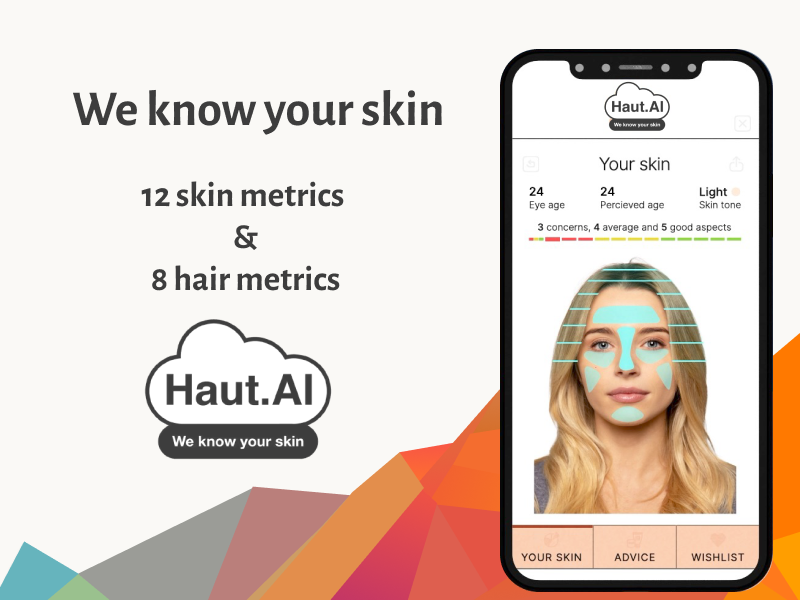“Until now, clinical-level skin analysis required specialised equipment and lab conditions. With Face Analysis 3.0 and our LIQA technology for capturing standardised selfies, we’ve made it as simple as taking a picture on your phone. That shift, from hardware-bound precision to universal accessibility, is what makes this launch transformative,” said Anastasia Georgievskaya, CEO & Co-Founder of Haut.AI.
Clinical precision, captured in every image
Face Analysis 3.0 goes far beyond identifying wrinkles or blemishes — it deconstructs them. The technology differentiates fine lines from deep lines, freckles from sun spots, and more, mirroring the level of detail used by professional dermatologists.
With 29+ quantifiable skin indicators and counting, the system transforms photos into data-rich, science-backed reports suitable for skincare personalisation and product innovation. Thanks to Haut.AI’s LIQA (Live Image Quality Assurance) system for image taking, users can obtain reliable results using anything from a professional imaging setup to a standard smartphone selfie.
Introducing Face180° – clinically consistent from every angle
Rather than relying on a single head-on image, Face180° captures three perspectives — front, left, and right — merging them into a single, holistic analysis. This eliminates blind spots and minimises errors caused by shadows or head positioning, delivering up to 30% higher consistency and accuracy.
Lighting-proof, privacy-first technology
Each image is processed through Haut.AI’s Skin Atlas system, which removes personally identifiable traits while preserving essential skin data. Automatic colour and lighting normalisation ensure that results represent true skin condition — not photographic artifacts or filter effects.
Designed by scientists, made available for everyone
Built to meet clinical research-grade standards, Face Analysis 3.0 translates findings into standardized dermatological scales. This allows brands, laboratories, and physicians to compare outcomes seamlessly across studies and product validations.
Why it matters
For brands, this means better product matching and credibility – for example, being able to tell the difference between sun damage, freckles, and melasma.
For consumers, it means clear, visual results you can understand and trust – like seeing the number and location of acne spots instead of just a vague score.
“Face Analysis 3.0 isn’t just an upgrade,” said Georgievskaya. “It’s a universal platform for precise, explainable, and ethical AI in beauty.”

